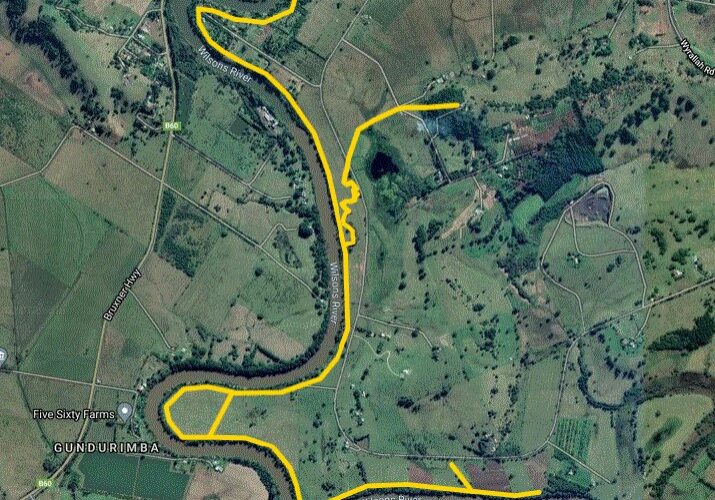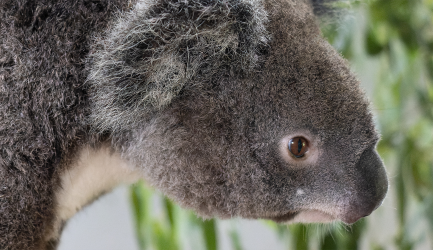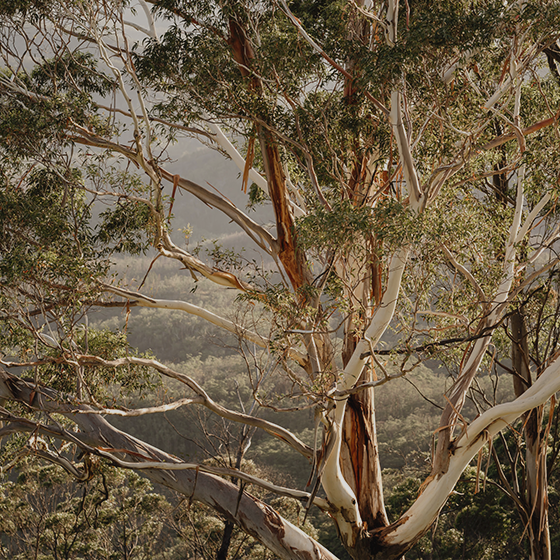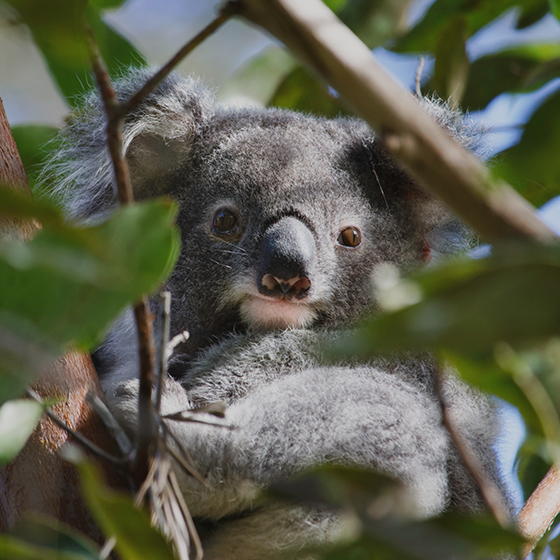The greatest threat to the long-term survival of koalas is the destruction of their habitat
Habitat loss and clearing have occurred across the koalas range, including the Northern Rivers and has resulted in the fragmentation of koala habitat. This increases their susceptibility to disease, motor vehicle accidents and dog attacks. Koalas spend more time on the ground as they search for food and shelter.
Friends of the Koala undertakes several activities to ensure habitat creation, restoration and protection in the Northern Rivers region of New South Wales, an area home to one of the last genetically diverse koala populations in Australia.
KOALA HABITAT RESTORATION PROJECTS
We manage and undertake koala habitat restoration projects throughout the Northern Rivers region, funded by a wide range of partners and donors. We are incredibly appreciative of the great support from local landholders to work towards more koala habitat and koalas on their properties, as we could not do it without them.
There have been many successes in securing funding to restore and expand koala habitat leading to incredible outcomes on the ground. We are very proud of these results and are excited to continue our work to create greater connectivity of koala habitat.
This $100,000 grant was designated to nine floodplain properties on 9kms of the Wilson River. We implemented fencing to exclude cattle and carried out weed control (specifically) coral trees and planting with endemic species to enhance wildlife habitat and extend koala corridors.
This work was imperative as this river reach has an ‘at risk’ koala population, ultimately FOK was able to restore 11 km of koala corridor.
Lismore City Council contributed $30,000 over three years to assist koala habitat restoration work on the Lismore floodplain, Monaltrie to Tucki Tucki.
This contribution enabled the council to implement three of its management activities from their Comprehensive Koala Plan of Management (CKPoM) for South-East Lismore;
- minimise threats to koalas and their habitat that are not related to development activity;
- increase the amount of koala habitat in the koala planning area;
- maintain and where possible improve the quality of existing koala habitat in the koala planning area.
The CKPoM aims to protect the koala population found in the South-East of the local government area (LGA), which is considered one of the most significant on the NSW North Coast.
This $10,000 funding was allocated to two Wyrallah and Monaltrie properties.
Funding was used to control woody weeds and exotic vines (the focus being coral trees) on the Wilson River.
The work allowed for coral trees to fall and decompose before planting endemic species, mainly forest red gum.
This two-stage project was a great success, linking existing and restored koala corridors.
This $20,000 funding was designed to engage community volunteers working alongside bush regenerators to replace endemic riparian species to replace woody weeds with forest red gums, a preferred koala food tree common on the floodplain and surrounding slopes of Wyrallah properties.
The site was fenced with permanent wildlife friendly fencing to exclude cattle.
Koalas thriving in an agricultural landscape: $200,000 funding from the Australian Government.
The project includes weed control in koala habitat along the river and tree planting koala habitat on several properties, as well as koala habitat assessment, and monitoring of the koalas.
Friends of the Koala will be doing all it can to create an environment where the koalas will be able to not just survive, but thrive.
Read more about this project: Koalas are hanging out at East Coraki.
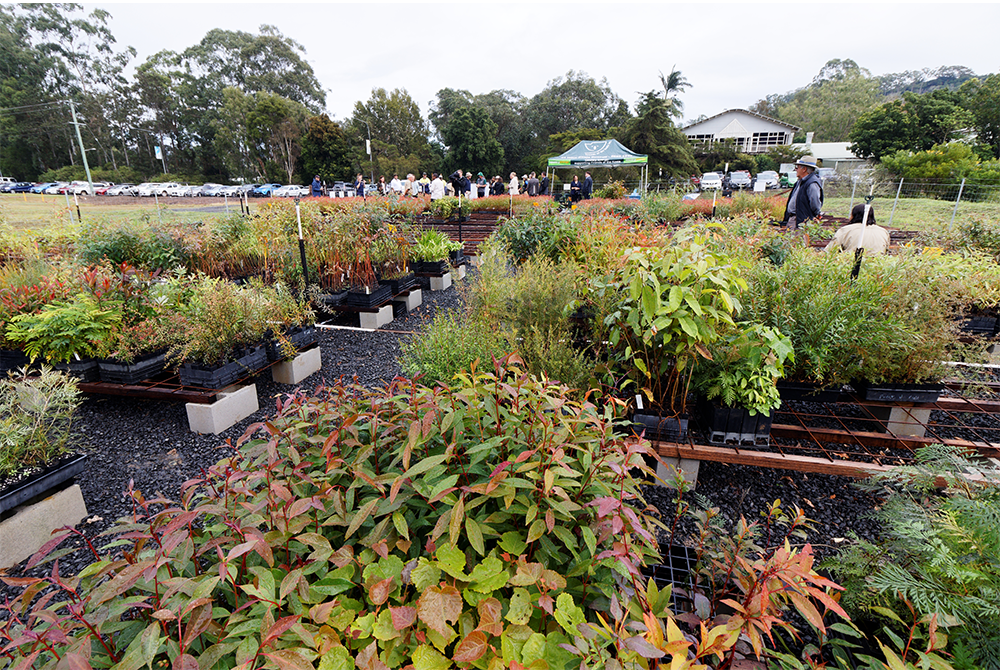
COMMUNITY NATIVE PLANT NURSERY
LOCAL LANDHOLDER PARTNERSHIPS
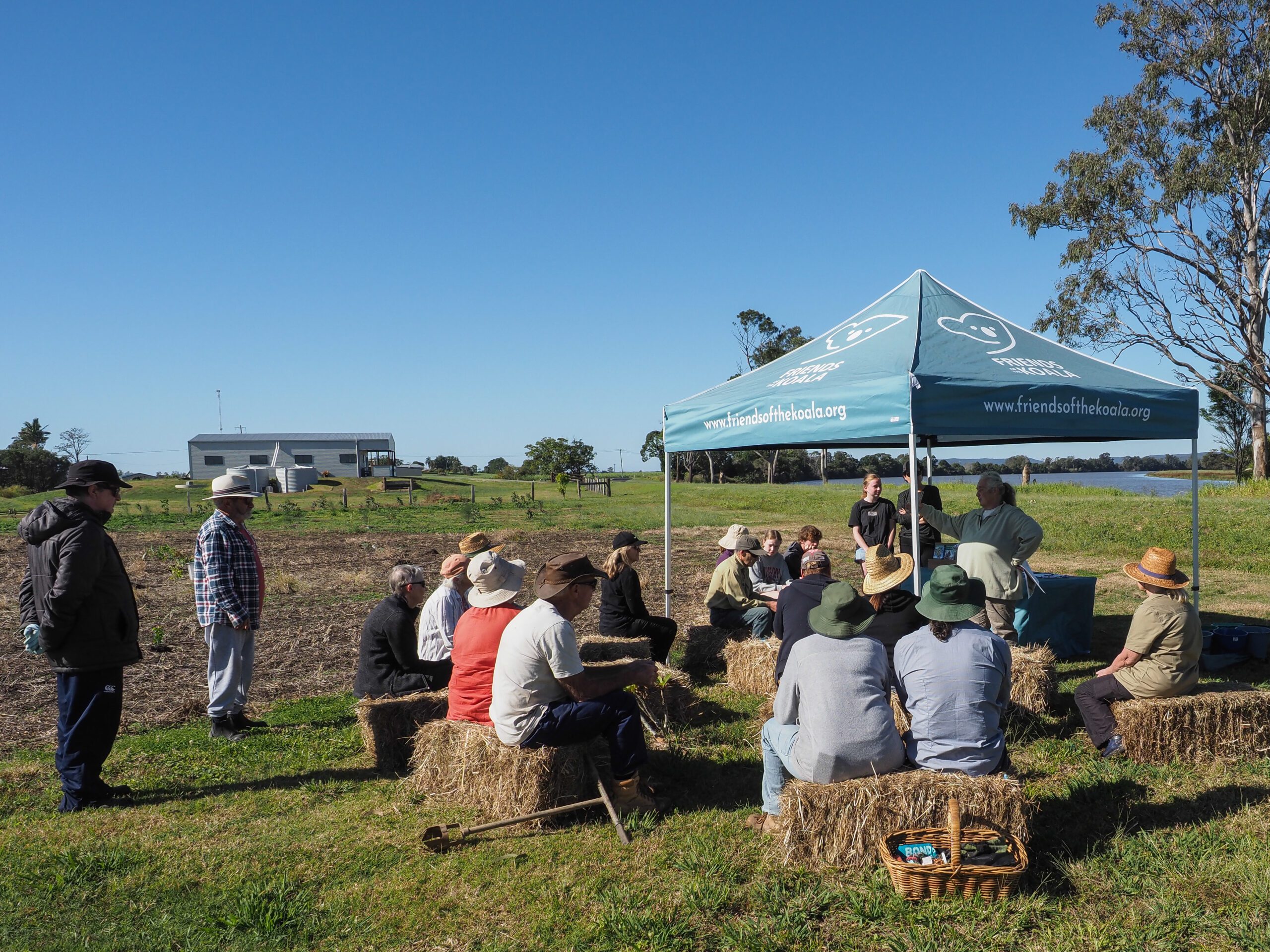
ADVOCACY & COMMUNITY ENGAGEMENT
What can I do to help?
Habitat Restoration in Numbers
Habitat Restoration Articles
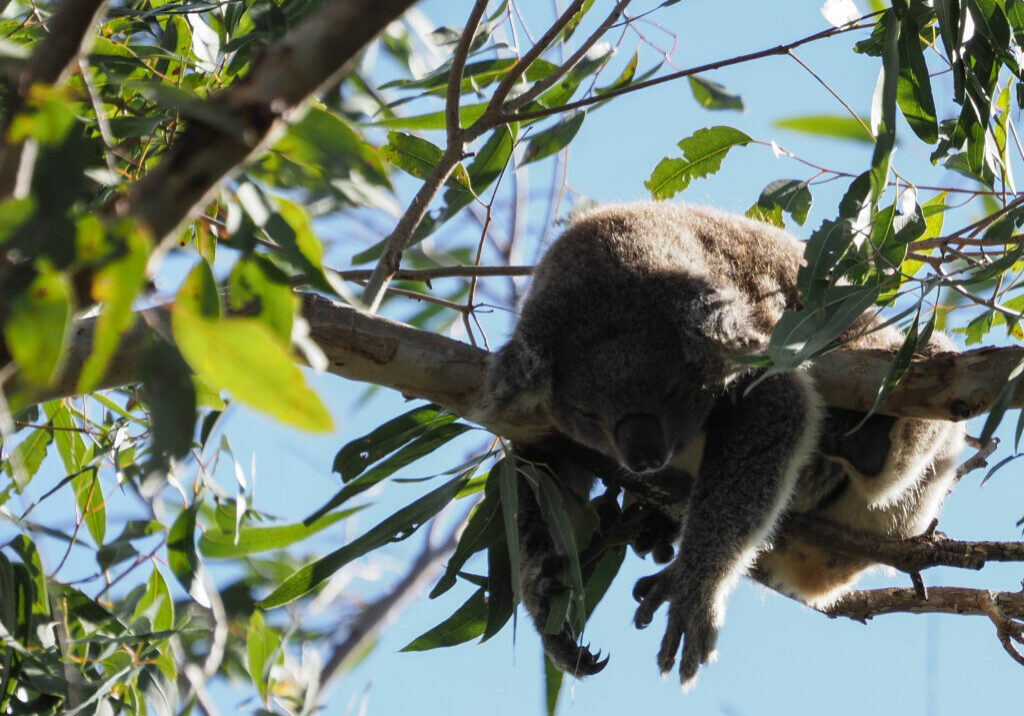
Coraki Planting Project
